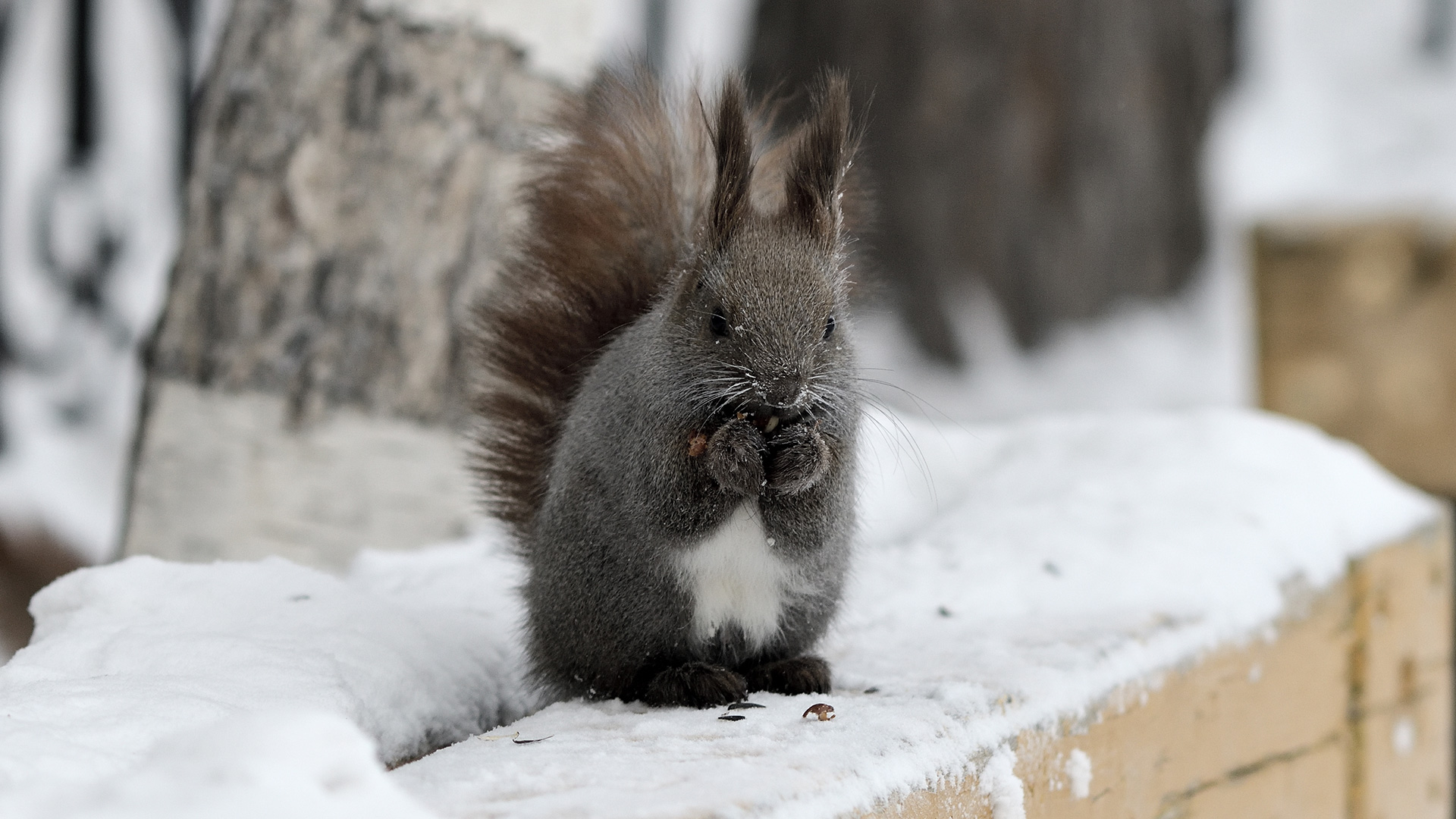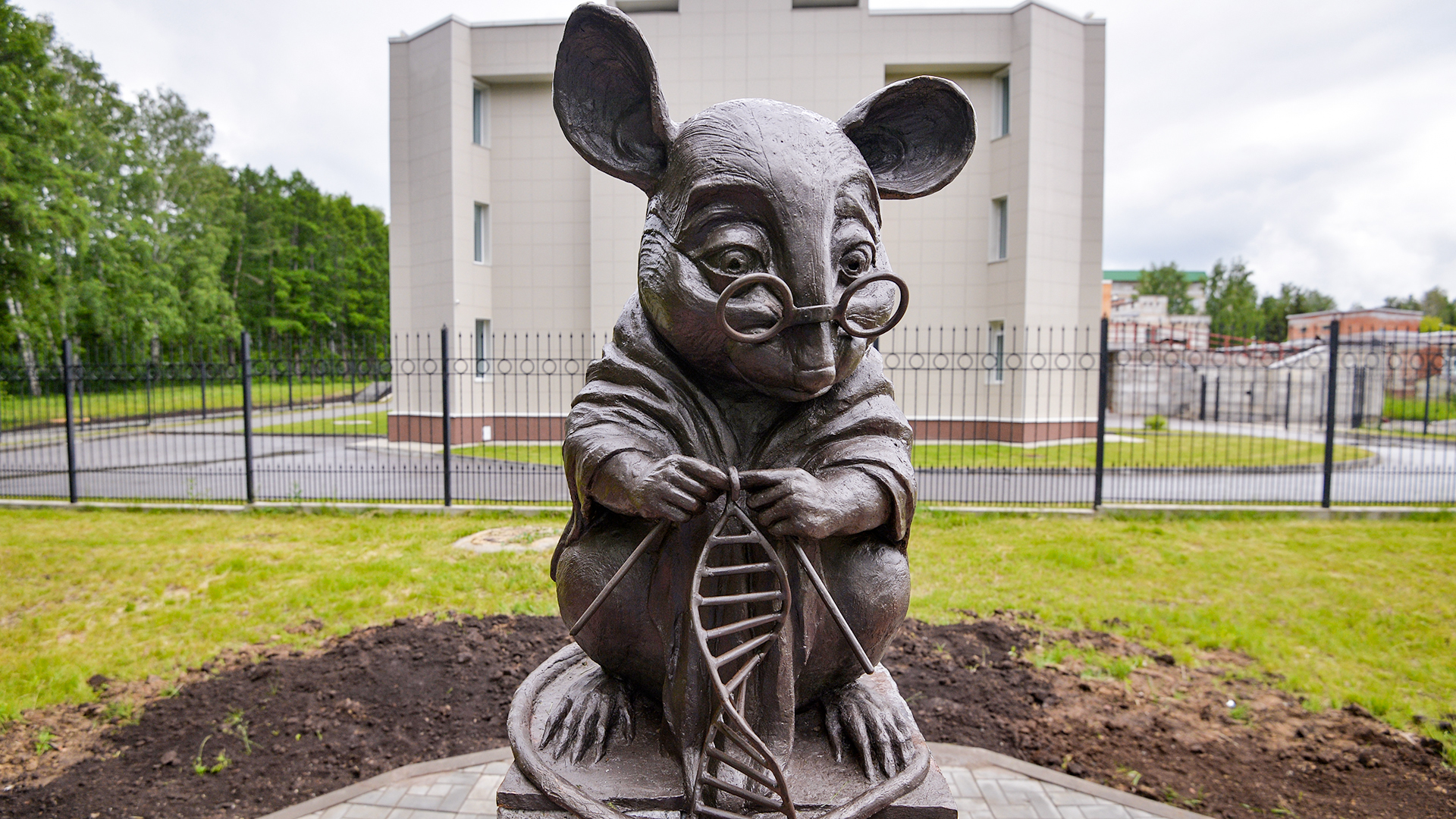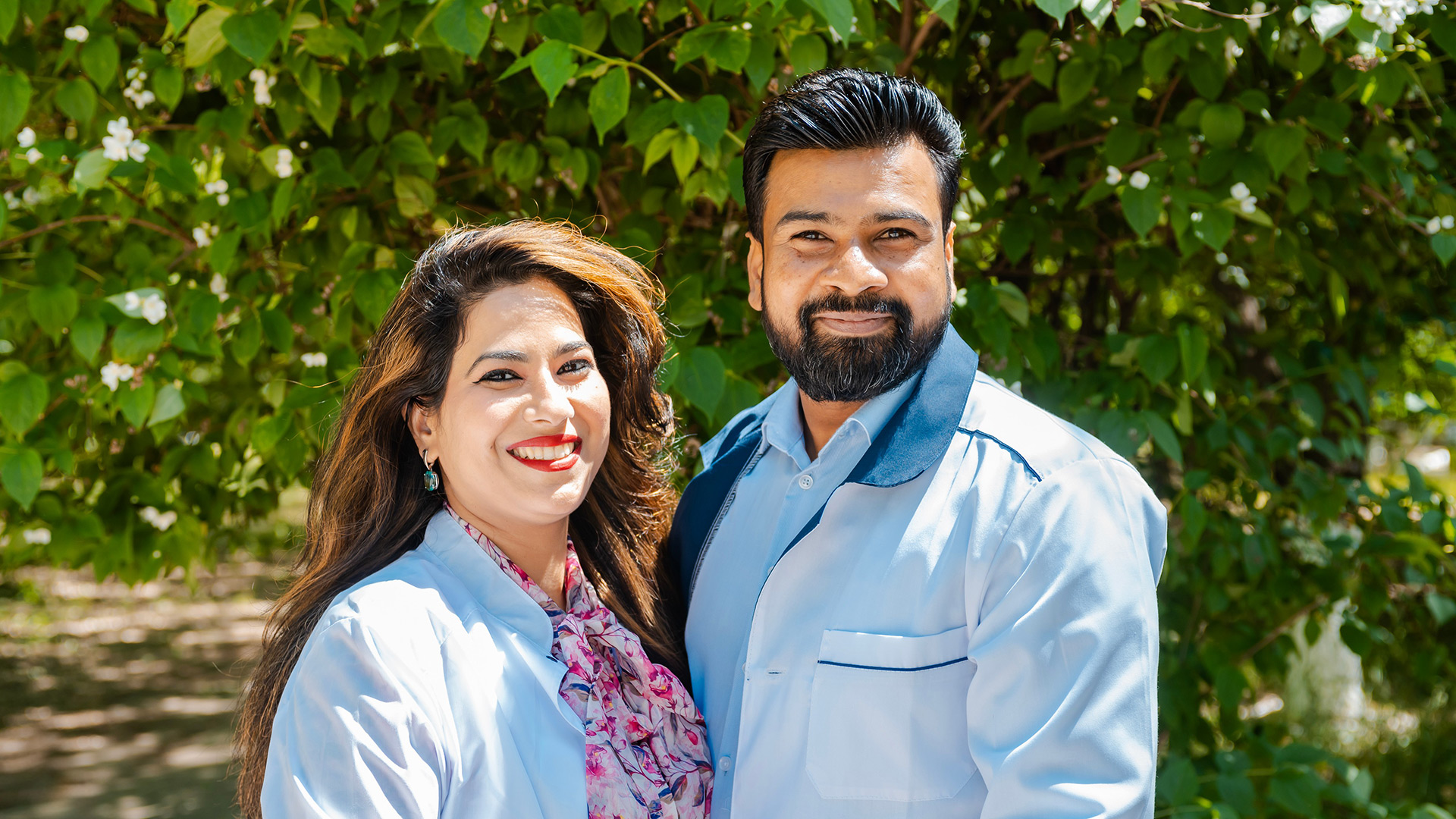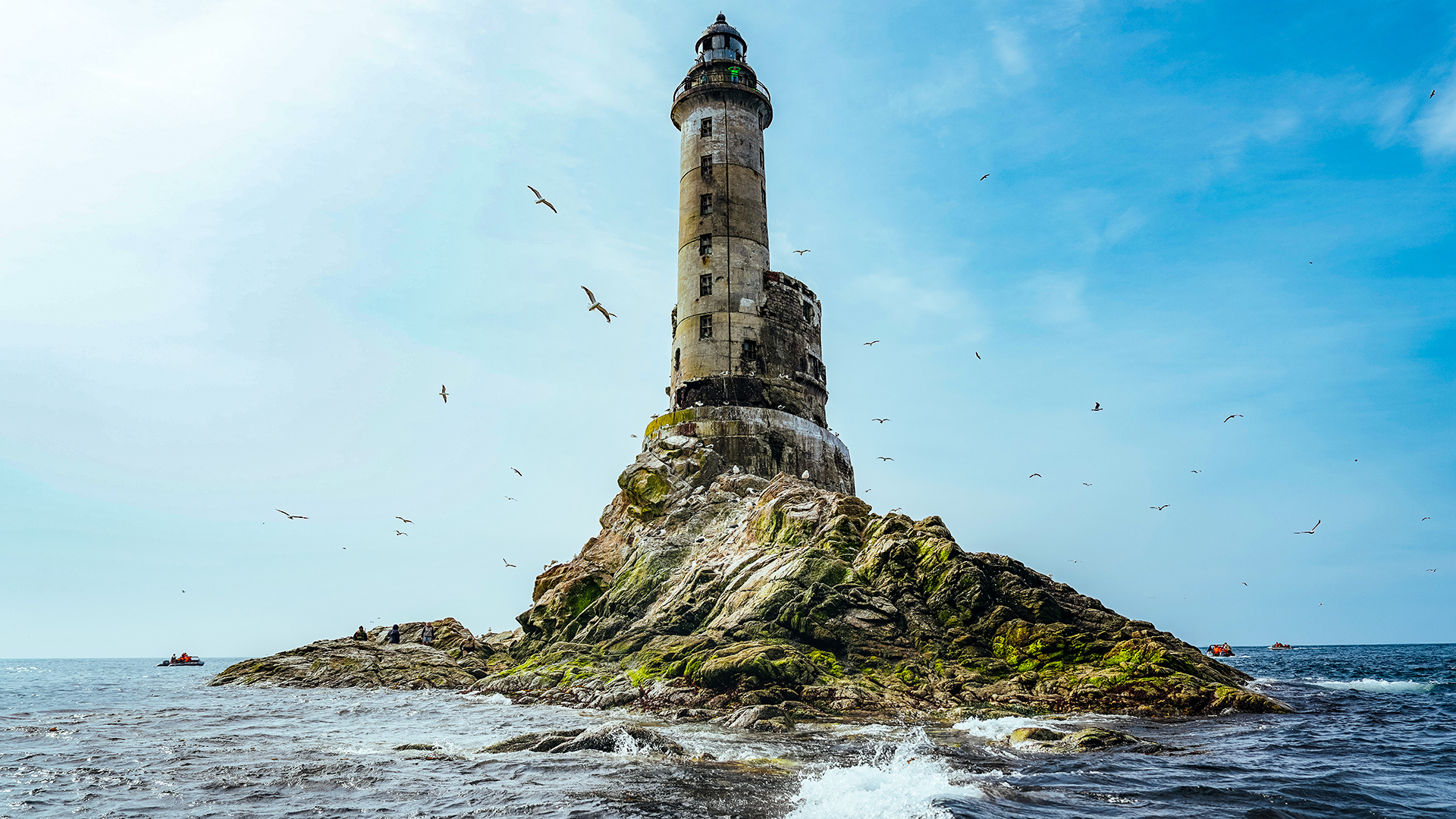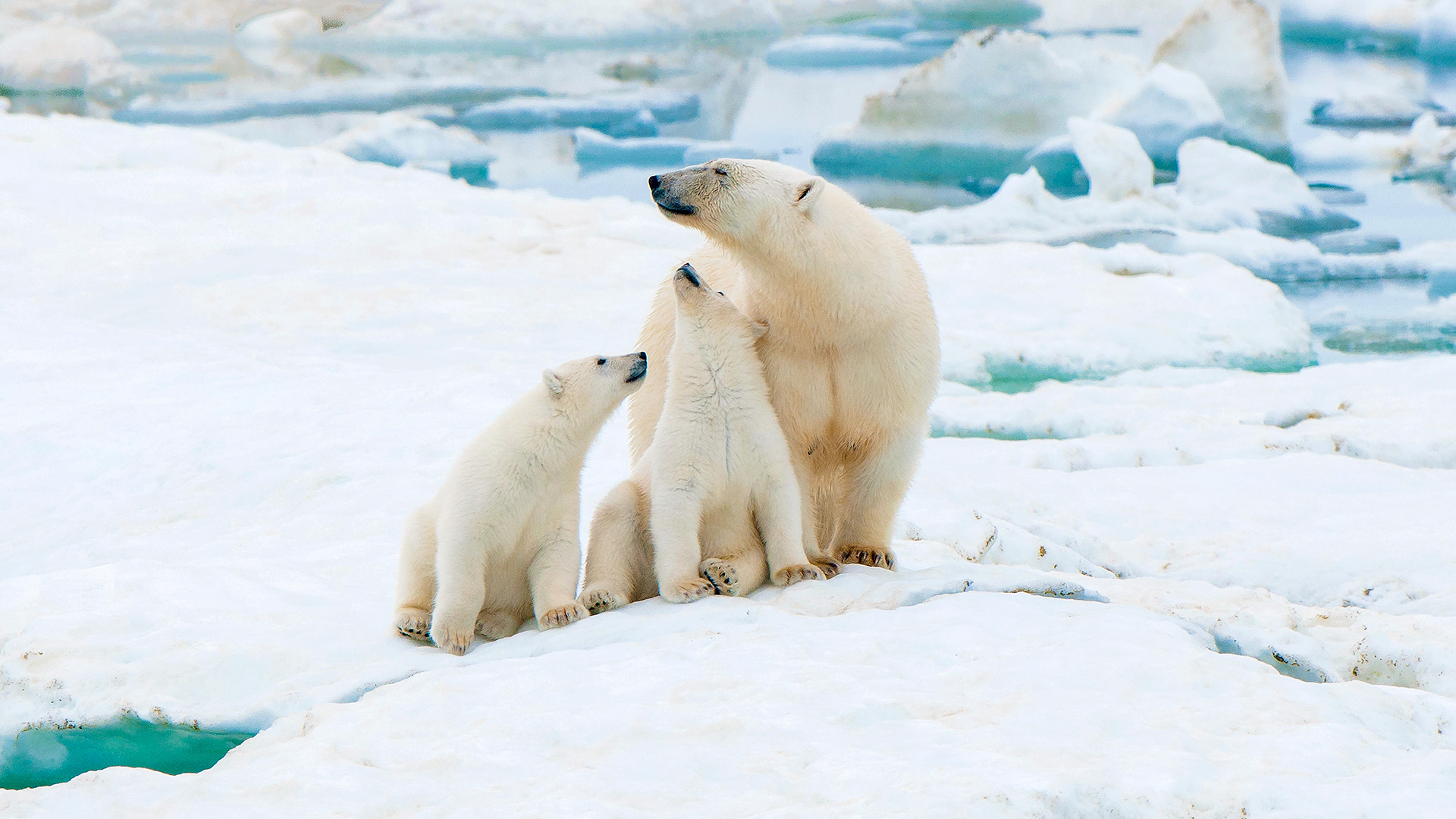
What do scientists do on the remote Commander Islands & how do you get there?

The Commander Islands are one of the most inaccessible places in Russia. To get to this archipelago in the Bering Sea, it takes 36 hours by boat from Petropavlovsk-Kamchatsky. But, it's totally worth it: only there can you see sea otters up close, rare species of Arctic foxes, harbor seals, thousands of seabirds and, of course, fantastic ocean landscapes.
 Buyan Bay
Buyan Bay
The only settlement on Bering Island is the village of Nikolskoye, where less than 700 people live. The indigenous inhabitants of the island are the Aleuts, who are engaged in traditional sea hunting (read more about them here). But, there are also those who move there at the call of their heart and science.
 Golodnaya Bay
Golodnaya Bay
The Commander Islands have one of the largest national parks in Russia, where scientists from all over the country do their work. Why do people go there to work and what difficulties do they face every day?
Life in a national park
“This is a unique place at the edge of the Earth, where there's no place for civilization and all life is subject to nature's rhythms and rules,” says Mikhail Vakurov, press secretary for the Commander Islands National Park.
 Mikhail Vakurov
Mikhail Vakurov
He moved there from Moscow in 2020 after graduating with a degree in ecology, when he heard about a vacancy for a research assistant – he wanted to do research that would help preserve the nature of the planet. About 40 people work in the park, more than half of them directly on the archipelago. They are researchers, inspectors and experts in environmental education. During the tourist season, locals also help them. The main goal of the park is to preserve nature. Now, for example, they are researching the pollution of the world's oceans.
 A seal enjoys the sunsets
A seal enjoys the sunsets
“We see that plastic often leads to the death of birds and mammals,” says Mikhail. “For example, in 2023, our experts found 11 dead slender-billed prions (these birds live in Tasmania, but, during migration, can be found throughout the Pacific Ocean). Autopsies showed that their stomachs were filled with plastic fragments, which may have been the cause of death."
 Tufted puffins
Tufted puffins
The employees monitor the garbage that the sea spits out, analyzing its volume and composition.
 Bering Island Arctic fox.
Bering Island Arctic fox.
"Once, we came across a teenage Arctic fox on the coast, whose head was stuck in a plastic tub brought in by the sea. Of course, we rescued the little guy," Mikhail recalls. “The same goes for rescuing harbor seals from plastic rings from box packaging that they accidentally got caught around their necks."
 A mother seal with her cube
A mother seal with her cube
The principle of non-interference
Imagine that, at night in the village, you can meet rare blue Arctic foxes and, from a distance of a few meters, watch sea otters and harbour seals. And they, in turn, are interested in looking at humans themselves.
 Fur seal rookery
Fur seal rookery
Still, the employees try to keep the animals unaware of human presence. Technology helps: drones and cameras with modern optics allow one to observe the animals without disturbing them, while other methods of study do not involve contact with the animals at all.
 A smile of a seal
A smile of a seal
Interaction with animals occurs when scientists need to fasten tracking tags or take genetic material samples. But then, they are all released back into the wild.
 Killer whales
Killer whales
The rules of non-interference also apply, of course, to tourists who visit the Commander Islands. "Sometimes, people want to go down to the rookeries of marine mammals, despite the prohibitions and fences. Violators pay a fine," says Mikhail.
 'Birds market'
'Birds market'
Everyday challenges
Life on the Commander Islands is expensive and difficult in itself. Food and household goods are delivered once a month and only if storms do not interfere. Prices are 1.5-2 times higher than on the mainland. For example, milk costs about 200 rubles (approx. $2), a dozen eggs – from 160 ($1.6), a kilogram of tomatoes – about 1,000 ($10).
“Very few vegetables, fruits and dairy products are delivered and they disappear from the shelves the very next day,” Mikhail admits.
 'Birds market'
'Birds market'
But, perhaps, the most painful issues for employees are communication and health care. Very slow internet costs 3,000 rubles ($30) a month and cellular service is only available in the village. There are only painkillers and fever-reducing medicine on the shelves of the pharmacy, everything else has to be specially ordered. So, if there is an urgent need for something, they usually ask to pass it with the passengers of a ferry or airplane.
 A deer of the Commander Islands
A deer of the Commander Islands
“I can list for a long time what is missing and needed,” says Mikhail. “But, the Commanders is a place where you grow as a professional and as a person. Here, nature gives you much more than everyday comfort!”
How to get to the Commander Islands
 'Birds market'
'Birds market'
To get there, you need to fly to Petropavlovsk-Kamchatsky, the capital of Kamchatka Territory. There is air communication with Moscow, large cities of Siberia and the Far East.
Small L-410 planes fly from Petropavlovsk-Kamchatsky to the village of Nikolskoye every Tuesday, tickets cost about 50,000 rubles (approx. $500) one way (and they cannot be bought online). The flying time is around three hours.
 A local seal.
A local seal.
Also, once a month, the ‘Vasily Zavoiko’ passenger ferry calls at the village of Nikolskoye. It goes for 36 hours in good weather, several days in bad weather. A ticket costs from 8,900 rubles (approx. $89) one way. You can apply for a ticket on the carrier’s official website.
Tourists, as a rule, come to the islands as part of a group, since the travel agency takes care of not only booking tickets, but also cumbersome paperwork. However, individual tourism is not prohibited.
To visit the national park, you will need a permit, which is issued on weekdays at the visitor center.
 Medny Island
Medny Island
If you are planning excursions to other islands (except Bering) or boat trips along the bays, you will also need a border pass. For Russians, the document is issued within two days, for foreigners – it can take up to 40 days. You can apply in advance through the State Services portal (for Russian citizens) or in Nikolskoye or via a travel agency (for everyone). The cost of excursions to the islands can be found on the national park website.



